-

-
Welcome to nowhereland, find and seek files.
The Earthquake Machine
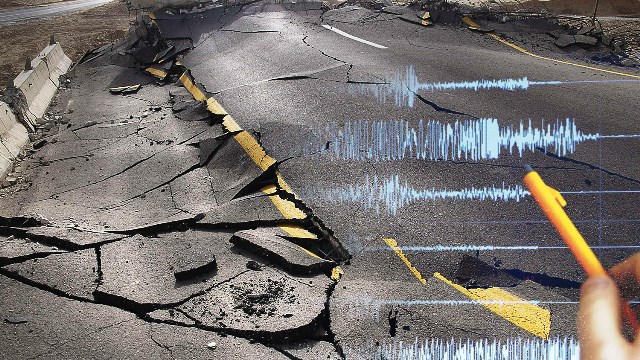
Secret Technology and Lethal Weapon
It
is a machine imagined by Russian scientists, at a time when the Cold
War held the world in suspense and all attention was focused on
conventional armaments. The earthquake machine was conceived and then
designed with the objective of relieving the ills of populations
subjected to the hazards of earthquakes and thus avoiding the
disastrous consequences that may result from these natural disasters,
which are essentially unpredictable.
The SEAL Project
During World War II New Zealand researchers attempted to develop a tsunami-causing machine that could be used against Japan.
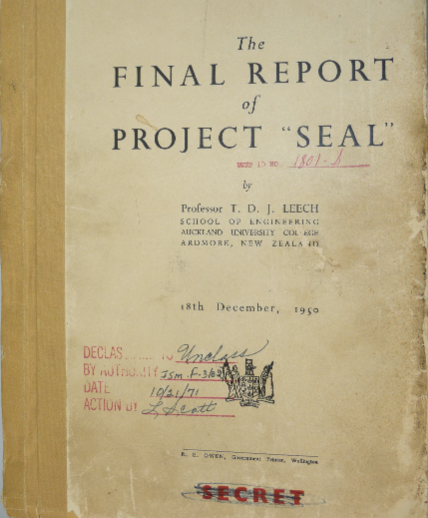
The work was led by Australian Thomas Leech of the University of Auckland, under the code name "PROJECT SEAL". Several small-scale experiments were carried out in 1944-1945 at Whangaparaoa. They were crowned with success.
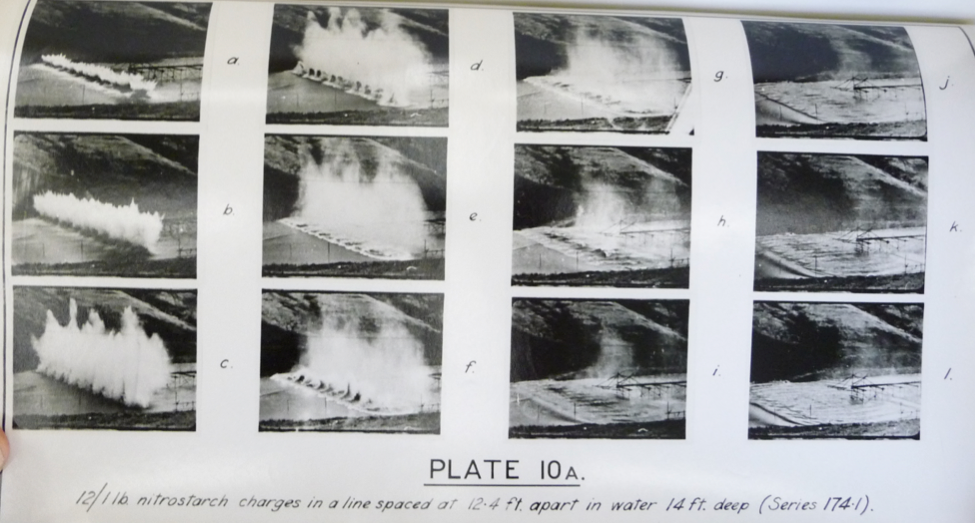
The United States viewed this program as as promising as the "Manhattan Project" of building an atomic bomb. They appointed Dr Karl T. Compton to act as the liaison between the two research units. Compton was the president of MIT. He had already recruited many scholars for the war effort and was one of eight people appointed to advise President Truman on the use of the atomic bomb. He believed that this could provide the energy needed by Leech's team to cause larger tsunamis.
Thomas Leech's work continued during the Cold War. In 1947, George VI elevated the scholar to the dignity of Knight of the British Empire to reward him for having developed a new weapon. Since Project Seal is still a military secret, it was not revealed at the time that he was honored for the tsunami bomb. Subsequently, the US services applied themselves to make believe that this research never existed and that it was all a decoy to impress the Soviets. However, the authenticity of Leech's essays was established in 1999, when part of the documentation was declassified by the New Zealand Foreign Office. Officially studies resumed today at the University of Waikato.
It is not known whether Anglo-Saxon research was continued during the 1960s, but it resumed by force of circumstances when it was decided to abandon nuclear tests in the atmosphere in favor of underwater tests. . The United States feared unintentionally causing earthquakes and tsunamis. So they wanted to know how to do it voluntarily. Officially, at the end of the Vietnam War, the United States and the Soviet Union gave up environmental wars (earthquakes, tsunamis, disruption of the ecological balance of a region, changes in atmospheric conditions - clouds, precipitation, cyclones and tornadoes - modification of climatic conditions, ocean currents, the state of the ozone layer or the ionosphere) by signing the "Convention on the Prohibition of the Use of Alteration Techniques 'environment for military or other hostile purposes' (1976).
The PAMIR MHD Machine
However, from 1975, the USSR started new research in Magnetohydrodynamics (MHD). It was about studying the earth's crust and predicting earthquakes.
The Soviets investigated the possibility of causing small earthquakes to avoid a large one. This research was soon militarized. They resulted in the construction of Pamir, the earthquake machine. During the dismantling of the USSR, those responsible for this program decided by greed to move to the United States, but their search being incomplete the Pentagon refused to pay.
In 1995, when Russia was ruled by Boris Yeltsin and oligarch Viktor Chernomyrdin, the US Air Force recruited the researchers and their laboratory in Nizhny Novgorod.
They built a much more powerful machine there, Pamir 3, which was successfully tested.
The Pentagon then bought the men and equipment and transported them to the United States, where they were integrated into the HAARP program.
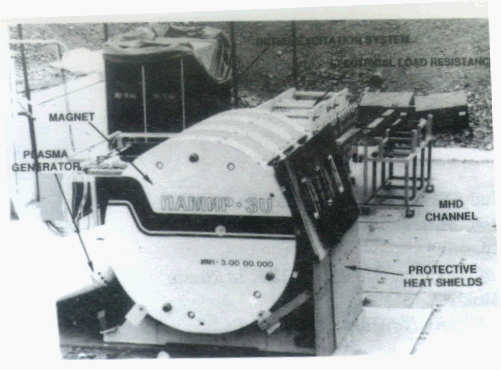
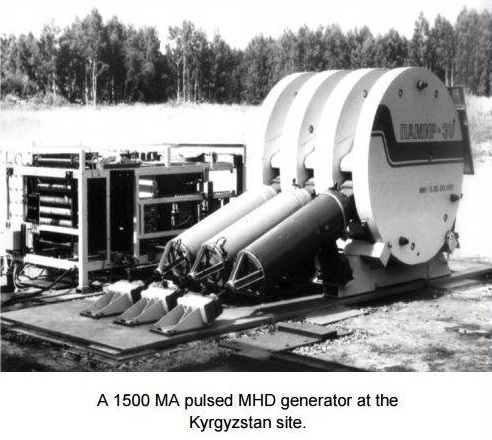
> Pamir comes to America / EIR june 1995
> https://fr.scribd.com/document/143591182/The-Final-Report-of-Project-Seal-1950
> https://www.youtube.com/watch?v=YEiGmt1QFfY
> https://www.youtube.com/watch?v=ya2IpgNzIDU
The SEAL Project
During World War II New Zealand researchers attempted to develop a tsunami-causing machine that could be used against Japan.

The work was led by Australian Thomas Leech of the University of Auckland, under the code name "PROJECT SEAL". Several small-scale experiments were carried out in 1944-1945 at Whangaparaoa. They were crowned with success.

The United States viewed this program as as promising as the "Manhattan Project" of building an atomic bomb. They appointed Dr Karl T. Compton to act as the liaison between the two research units. Compton was the president of MIT. He had already recruited many scholars for the war effort and was one of eight people appointed to advise President Truman on the use of the atomic bomb. He believed that this could provide the energy needed by Leech's team to cause larger tsunamis.
Thomas Leech's work continued during the Cold War. In 1947, George VI elevated the scholar to the dignity of Knight of the British Empire to reward him for having developed a new weapon. Since Project Seal is still a military secret, it was not revealed at the time that he was honored for the tsunami bomb. Subsequently, the US services applied themselves to make believe that this research never existed and that it was all a decoy to impress the Soviets. However, the authenticity of Leech's essays was established in 1999, when part of the documentation was declassified by the New Zealand Foreign Office. Officially studies resumed today at the University of Waikato.
It is not known whether Anglo-Saxon research was continued during the 1960s, but it resumed by force of circumstances when it was decided to abandon nuclear tests in the atmosphere in favor of underwater tests. . The United States feared unintentionally causing earthquakes and tsunamis. So they wanted to know how to do it voluntarily. Officially, at the end of the Vietnam War, the United States and the Soviet Union gave up environmental wars (earthquakes, tsunamis, disruption of the ecological balance of a region, changes in atmospheric conditions - clouds, precipitation, cyclones and tornadoes - modification of climatic conditions, ocean currents, the state of the ozone layer or the ionosphere) by signing the "Convention on the Prohibition of the Use of Alteration Techniques 'environment for military or other hostile purposes' (1976).
The PAMIR MHD Machine
However, from 1975, the USSR started new research in Magnetohydrodynamics (MHD). It was about studying the earth's crust and predicting earthquakes.
The Soviets investigated the possibility of causing small earthquakes to avoid a large one. This research was soon militarized. They resulted in the construction of Pamir, the earthquake machine. During the dismantling of the USSR, those responsible for this program decided by greed to move to the United States, but their search being incomplete the Pentagon refused to pay.
In 1995, when Russia was ruled by Boris Yeltsin and oligarch Viktor Chernomyrdin, the US Air Force recruited the researchers and their laboratory in Nizhny Novgorod.
They built a much more powerful machine there, Pamir 3, which was successfully tested.
The Pentagon then bought the men and equipment and transported them to the United States, where they were integrated into the HAARP program.


> Pamir comes to America / EIR june 1995
> https://fr.scribd.com/document/143591182/The-Final-Report-of-Project-Seal-1950
> https://www.youtube.com/watch?v=YEiGmt1QFfY
> https://www.youtube.com/watch?v=ya2IpgNzIDU